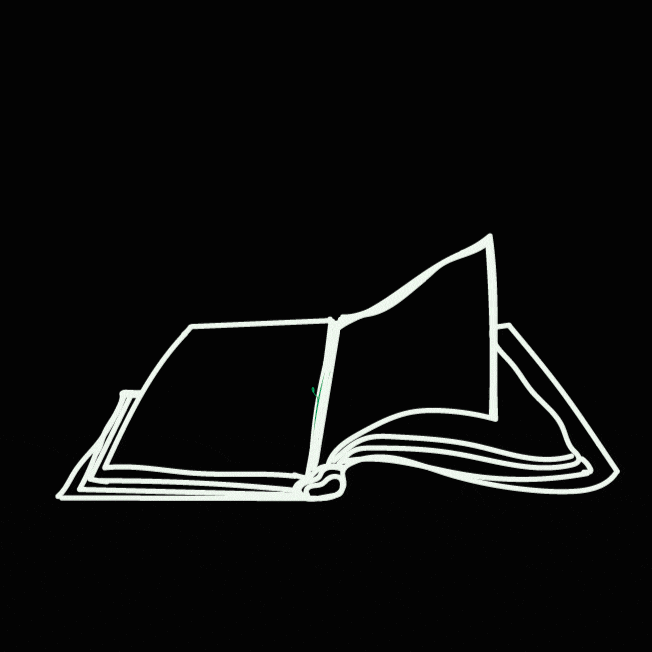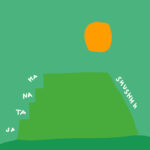Natalie Kuhn: Jaycee and I met in 2013, when we connected with Taryn Toomey and became founding teachers of The Class by Taryn Toomey. Since then we have become co-creators, business partners, and best friends.
Jaycee Gossett: We collaborate on programming, workshops, treatments, global immersions, and teacher trainings— we sometimes also teach together.
NK: There’s a lot of creativity flowing between our two hearts.
JG: What do you think are common misconceptions that people have when they hear the words, “creativity” and “pleasure”?
NK: The biggest misconception is that in order to be creative or experience pleasure, the conditions need to be exactly right. The reality is that any human can tap into the energy of pleasure and the energy of creation through daily practice, even hourly practice, of connecting and re-sensitizing oneself to oneself.
NK: I think those small daily practices of feeling the hairdryer on your scalp, of letting yourself taste the food you’re putting in your mouth, of feeling your partner’s hand in your hand when walking down the street: These are the practices that allow for greater and greater pleasure, deeper and deeper creativity.
JG: It is the practice of being in the moment! The ability to feel creativity and pleasure is to be present in whatever it is that you’re doing. It’s about strengthening the moment.
NK: Doing this is so difficult in our modern culture, with our schedules and our responsibilities. What do you think blocks creativity?
JG: The doing. In order to access creativity and the energy of cultivating creativity, and in order to receive pleasure, we have to take “the doing” out of it. It’s the making it happen, the knuckling of it, the fighting for it, the aggressive energy that blocks the energy of receptivity. We have been conditioned to follow rules, make lists, get on with our days—all actions of doing that don’t allow receptivity to flow.
JG: If you approach the things you do from a place of escaping, or seeking outside approval, or fighting for the “perfect life,” you’re blocking yourself off from something we call flow (the energy around you). Creativity and pleasure then have a hard time coming through because there’s no more room. All internal space is taken over by an old story or old wounds.
NK: It’s the pursuit of an outcome that creates the blockage.
JG: Exactly. You become attached to how you want something to be. Creativity and pleasure are playful energies, they require dropping the rules for a second. That feeling of creativity and pleasure for me is coloring outside the lines. It’s giving yourself permission to not be in the box and stepping out of the routine.
NK: Routine is the fastest way to anesthetize oneself. One of the fastest ways to stop progress or stop creativity or stop pleasure is to say, “Well this is how it’s always been.” Then there’s no room for it to be any other way. The root of creativity is to create something new.
JG: The energy of creation is allowing yourself to find a new solution to an old situation is an idea that really resonates with me.
JG: The second chakra, is a lot about movement and emotions. This brings us to the method of The Class. How does creativity and pleasure fit into the method of The Class for you, and into your teachings?
NK: The Class is using physical conditioning for the purpose of self-study. We use the body to cut through the noise of the mind. When we are in community, as we are in The Class, we move our bodies to discover the intelligence within. The purpose of bearing witness to our own white noise gives us the opportunity to feel a greater current, which exists underneath the static of our thoughts. When we calm some of that noise and drop into a place of stillness, a place of becoming, not a place of stasis, then we can feel the greater pursuit, the deeper, more profound, larger self that has capacity for creation. The place of creation is connected to flow, to others, to existence, to being alive. If all of our attention is trained on noise, then everything is attuned to struggle, and there’s no room for pleasure.
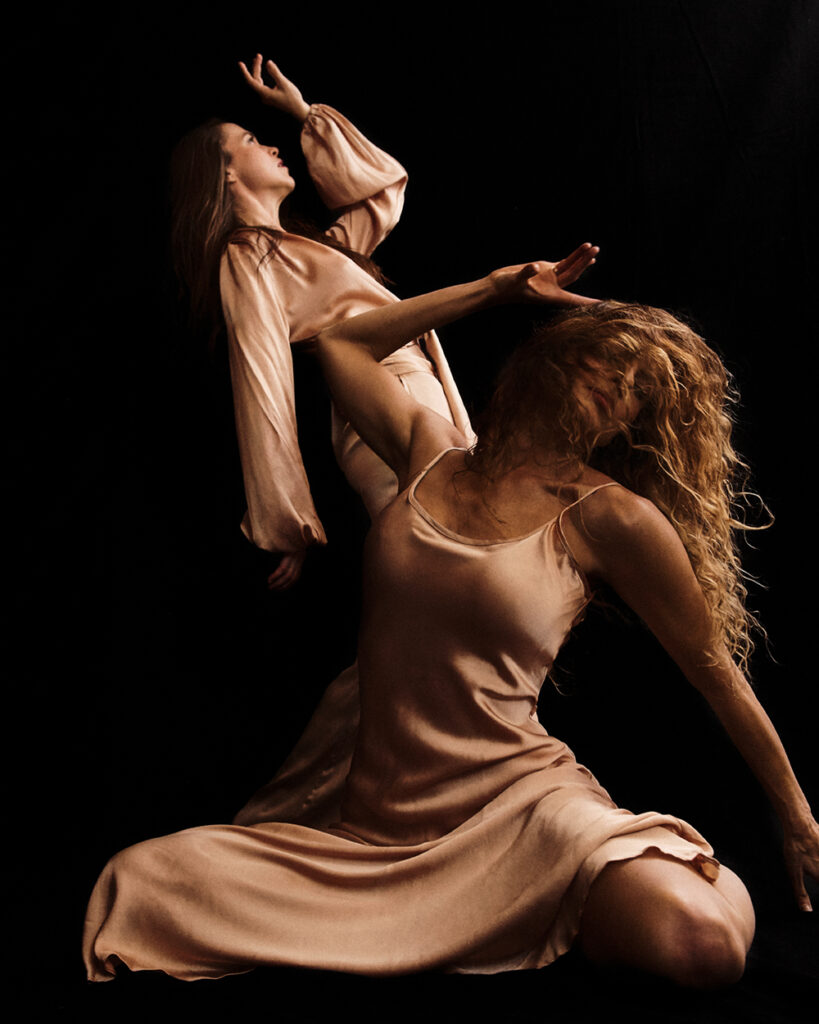
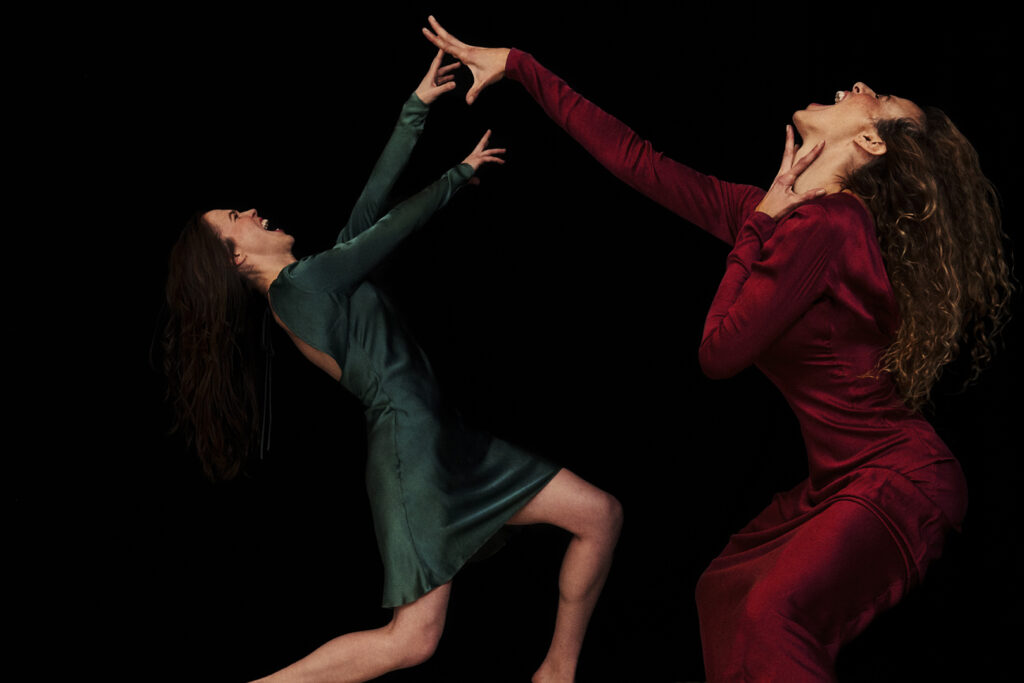

While we teach the same method, we have different angles of getting to that same place. How does The Class fit in with this idea for you?
JG: I often speak about the idea of not resting on the surface. From the very beginning of class, we say “drop in” to quickly reach the layers underneath the surface. We want to go through the surface chatter, surface thoughts, surface living, surface actions, all the automatic pilot stuff. In that deeper something, you are in the space of flow, which allows you to tap into yourself and to tap into everything around you. I like to offer the idea to the room that “we’re just going to get in our body and out of our heads”—the fastest way to do that is to move your body.
The movements are fitness-based, but the challenge is feeling: How is the jumping jack more than just a jumping- jack? How is working through the jack also the ability to work through your surface stuff? How do you use the jack to work through the stuff that’s keeping you from your truest self, your deepest self? The jack is not just to lift your glutes and strengthen your hamstrings. We’re jumping the jacks to process emotions that block creativity and pleasure; we’re taking ourselves from the surface to a deeper place of being and living and expression. Likely, it’s the only time in your day where you get to play.
You get to approach each movement as if it’s the first time. To be childlike in experiencing something new, but that same movement doesn’t have to be the same movement you do every time. How can it be different? How can it be more expansive? How can it be more expressive? What’s the energy behind it?
NK: Outside of The Class, how do you cultivate that space for yourself?
JG: What brings me into a state of creativity and pleasure is quiet and being in time. To give myself the gift of the luxury of time is to not rush, to be quiet, and to listen. It’s coming back to basics. It looks like me lying on the ground. Walking in nature and staring at the ocean, or staring at a tree, or breathing in the fresh smells of nature and fresh oxygen that instantly bring me back to creative energy. There’s creation all around us. A lot of it is in the natural world, in the silence and in the quiet. Just being with myself is where I feel my creative self.
NK: I think a lot of people are taught that the greatest commodity is money. But what some are awakening to is that the greatest commodity is actually time. When you’re on your deathbed, you don’t look back wishing you had more money, you think, “God, I wish I had spent more of my time doing what makes me happy.”
JG: Yeah, time with myself, time doing the things that I love, time with the people that I love, time with the things that bring me immense pleasure is for sure what I feel when I am at my best. How do you cultivate that for yourself? What is the scenario you need to put yourself in, or create?
NK: My newest practice is to ask myself two questions. One, “Where am I?” I think a lot of the blockages around that place of pleasure and that place of receptivity. I find I am often somewhere other than where my feet are standing. The other question I have been asking myself is, “What is my state?” Often my state is in action, or in ambition, or in stress. I would rather be in a state of receptivity and softness. Recognizing that disconnect is taking a step closer to home.
NK: When I am in the middle of my work day, it is possible for me to tune in to where I am, figure out what my state is, and see what level of abundance is possible in that moment. There’s always some level, there’s always some texture of abundance that’s possible.
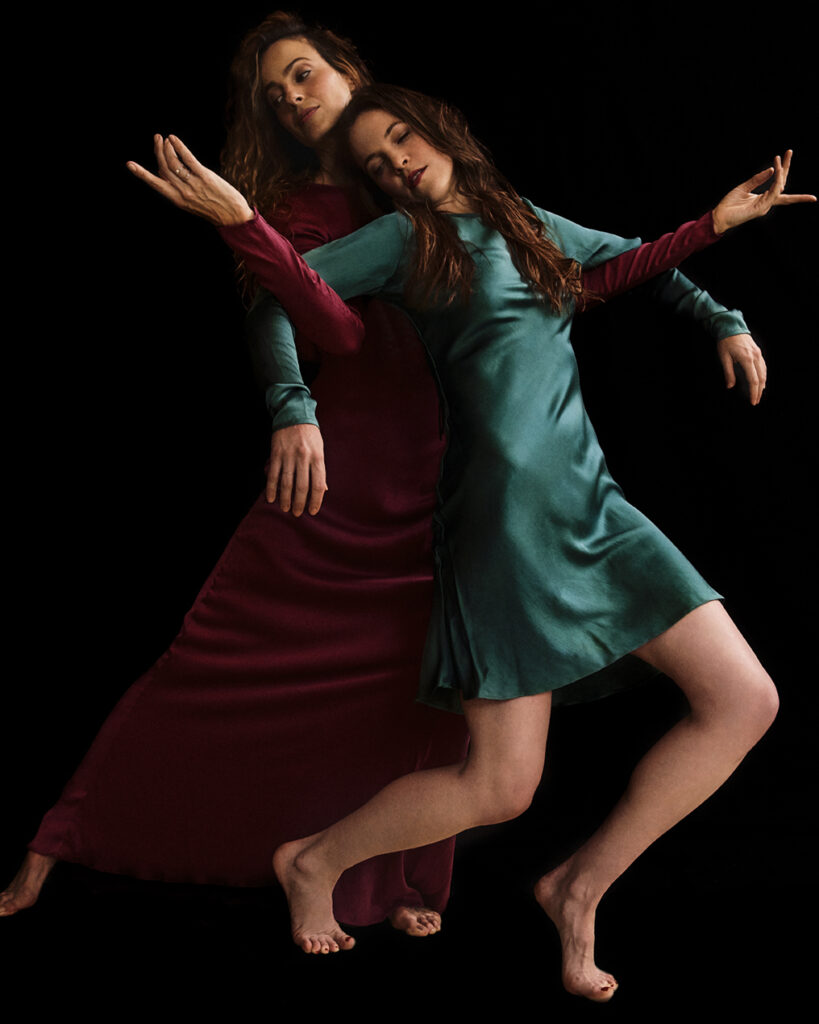
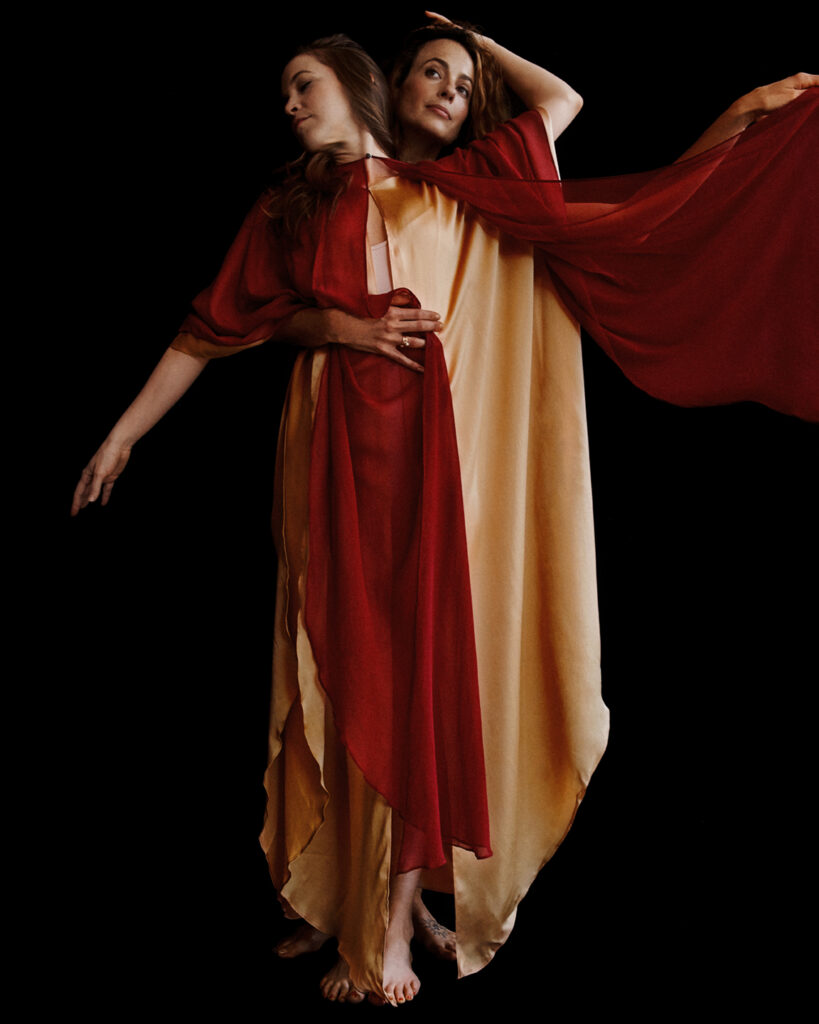
I guess that’s why I’m such an avid tea drinker. It’s this inexpensive ritual that can happen in the middle of the craziest day, and it regrounds me.
JG: You also allow it to be about conversation. You’re always inviting people to come into your office, to have a cup of tea. What does that mean? We’re sitting down, we’re slowing down, we’re talking, we’re communicating. Conversation is creation.
NK: I think about the conversation around self-care these days. If I read one more blog that tells me to take a bath every once in a while, I’m going to throw my screen out of the window. Because what’s a bath if you’re not in the bath? I don’t mean physically. What’s a massage once a month if you’re not in your body to receive that pleasure? This goes back to what I said about pleasure being an hourly pursuit. The caring of oneself actually has very little to do with how much you spend on a service, but more about the presence you afford yourself when you are where you are.
You’re waiting for the right time, you’re waiting for the other person to do it right, to give you the thing, and to do it how you like it. The theme becomes about expecting. You’re waiting and you’re waiting, and you’re waiting and you’re waiting. You spend your whole life waiting.
JG: Not everybody has a bathtub. Not everybody has the luxury of going to get a massage. It’s about taking any of the actions of your day and pursuing them as if a ritual. The most important thing is the energy behind it. It doesn’t really matter what the action is, it’s the pre-care and the energy going through whatever it is that you’re doing that is the most potent.
NK: It’s that idea of resensitizing, and I think if you are practicing that all day, then you can break the malaise of any routine. For example, by coming home to your longterm partner, rather than just mindless routine you’re actually seeing them, as they are. You’re able to feel them when you touch your body, and you’re open to the pleasure that they might bring you, because you’re actually bringing it to yourself first. You’ve sensitized yourself to yourself first.
JG: I relate so much right now to the idea of it’s not about somebody else—it’s about you. We repeat the old stories, of waiting for it to be perfect. You’re waiting for the right time, you’re waiting for the other person to do it right, to give you the thing, and to do it how you like it. The theme becomes about expecting. You’re waiting and you’re waiting, and you’re waiting and you’re waiting. You spend your whole life waiting. You’re in this energy of limbo. You’re in some way paralyzed by some energy, whether it’s fear or whether it’s not totally tapping into your value and your worth.
NK: Yeah. So that you don’t wake up one day wondering, “How the hell did I get here?” Aren’t you worth being awake for? Aren’t you worth experiencing pleasure?
Jaycee Gosset has travelled the world studying various forms of movement and the freedom it can bring. She has worked in television as a performer, producer, Movement Expert and Wellness Host. She serves as a Founding Teacher and Director of Training and Development for The Class by Taryn Toomey. She loves being in nature, long days at the beach and sleeping in.
Natalie Kuhn holds a BFA in performance from NYU with years of multi-disciplinary movement training including Suzuki, Viewpoints, Grotowski and Committed Impulse. She serves as a Founding Teacher and the VP of Programming for The Class by Taryn Toomey. She’s a poet, an Aries, and a life enthusiast.
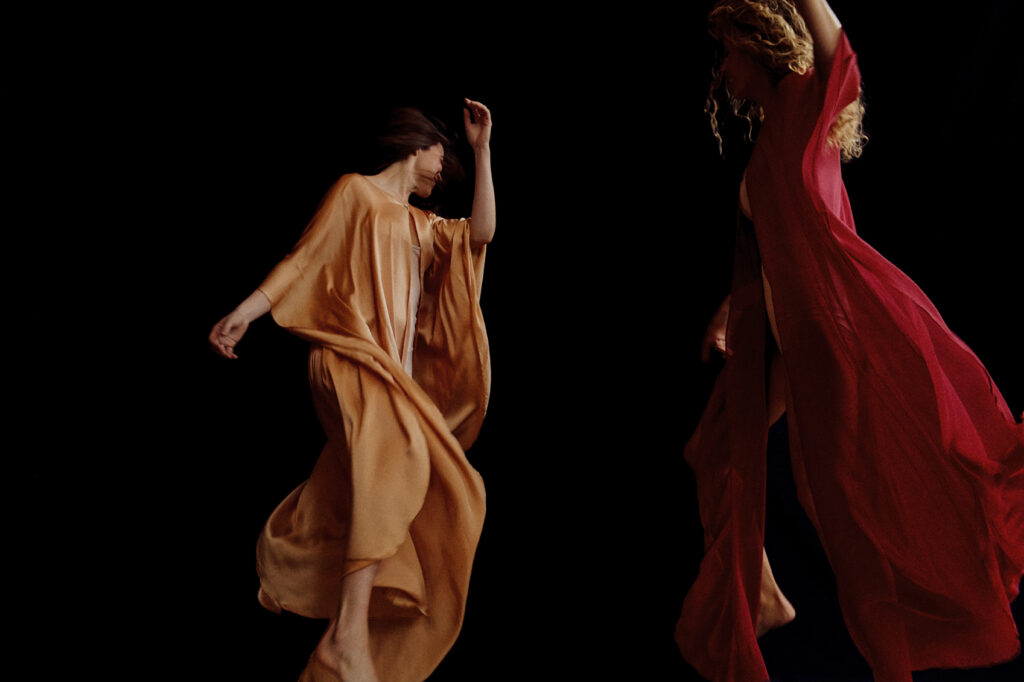
Styling Polina Aronova-Cahn
All silks AWAVEAWAKE Leotards LIVE THE PROCESS
Each AWAVEAWAKE garment is made with ethically sourced silk fabric and colored with all-natural, plant-based dyes. Every step of the production process is conscious, chosen with consideration for both the long-range impact on the environment and maximum social benefit.



